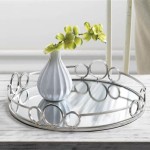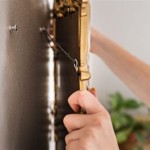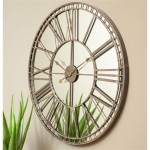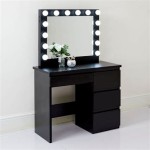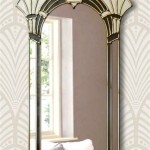Why Are My Heated Mirrors Not Working?
Heated side-view mirrors are a valuable feature, especially in cold or wet climates. They enhance visibility by clearing frost, ice, and condensation, contributing significantly to driving safety. When these mirrors malfunction, it can be both an inconvenience and a safety hazard. This article explores the common reasons behind heated mirror failure and provides potential solutions.
The heating element within the mirror is typically a thin grid of resistive wires embedded between layers of glass. When an electrical current passes through these wires, they generate heat, effectively warming the mirror surface. Several components work together to ensure this system functions correctly, and a problem with any one of them can lead to malfunction.
One of the most frequent culprits is a blown fuse. Fuses act as safety devices, interrupting the circuit if excessive current flows, preventing damage to other components or even fire. Heated mirrors typically share a fuse with other accessories, such as the rear defroster. Checking the owner's manual for the correct fuse location and inspecting it for a break or discoloration is an essential first step.
A faulty relay can also disrupt the flow of power to the heated mirrors. Relays are electromechanical switches that control the higher current needed to operate the heating elements. A malfunctioning relay might fail to close the circuit, preventing power from reaching the mirrors. Testing the relay with a multimeter or swapping it with a known good one can help diagnose this issue.
Damage to the wiring harness is another potential cause, especially in older vehicles. Exposure to the elements, wear and tear, and rodent damage can cause breaks or shorts in the wiring, interrupting the electrical connection to the heated mirrors. A thorough visual inspection of the wiring, paying particular attention to areas where the harness flexes or rubs against other components, is necessary.
The heated mirror switch itself can also fail. Repeated use over time can wear down the internal contacts of the switch, preventing it from completing the circuit. Testing the switch with a multimeter or replacing it with a known working switch can help determine if it is the source of the problem.
In some cases, the problem lies within the mirror itself. The heating element can become damaged due to physical impact, excessive heat, or simply age. A visual inspection might reveal breaks in the resistive wires. If the wires appear intact, a multimeter can be used to test the continuity of the heating element. A lack of continuity indicates a broken circuit within the mirror, necessitating replacement.
Modern vehicles often incorporate sophisticated electronic control modules that manage various systems, including heated mirrors. A malfunction within these modules can affect the operation of the heated mirrors. Diagnosing issues with these modules typically requires specialized diagnostic equipment and expertise.
Environmental factors can also influence the perceived effectiveness of heated mirrors. In extremely cold conditions, even functioning heated mirrors might take longer to clear the surface. Similarly, heavy snowfall or freezing rain can overwhelm the heating capacity of the mirrors.
Troubleshooting heated mirror issues often involves a systematic approach. Starting with the simplest and most common causes, such as a blown fuse or faulty relay, and progressively moving towards more complex issues, such as wiring damage or control module malfunctions, is recommended.
Using a multimeter to test the various components is highly beneficial in pinpointing the exact location of the fault. However, working with electrical systems requires caution. If one is uncomfortable working with electrical components, seeking professional assistance is advisable.
Maintaining the electrical system in good working order can prevent many heated mirror problems. Regularly checking fuses and relays, inspecting wiring for damage, and addressing any electrical issues promptly can help ensure the long-term functionality of the heated mirrors and other electrical components.
Correctly diagnosing the cause of non-functional heated mirrors requires a methodical approach, starting with the simplest checks and progressing to more complex diagnostics. Understanding the underlying mechanisms and potential points of failure allows for efficient troubleshooting and resolution of the issue, ensuring safer and more comfortable driving conditions.

How To Repair And Troubleshoot Not Working Heated Wing Mirror
How To Turn On Left Right Heated Mirrors Bmw X5 Forum G05

Heated Mirrors Ford How To

Fixing Heated Side Mirror Without Replacing Anything A4 Audi Volkswagen Passat
Oem Heated Mirrors Diy Mod Tacoma World

Oem Heated Mirrors Diy Mod Tacoma World

How To Turn On Heated Mirrors Gmc Yon Chevy Tahoe Silverado Sierra

Oem Heated Mirrors Diy Mod Page 5 Tacoma World

How To Turn On Heated Mirrors Ford F 150

How To Turn On Heated Mirrors Ford F 150


